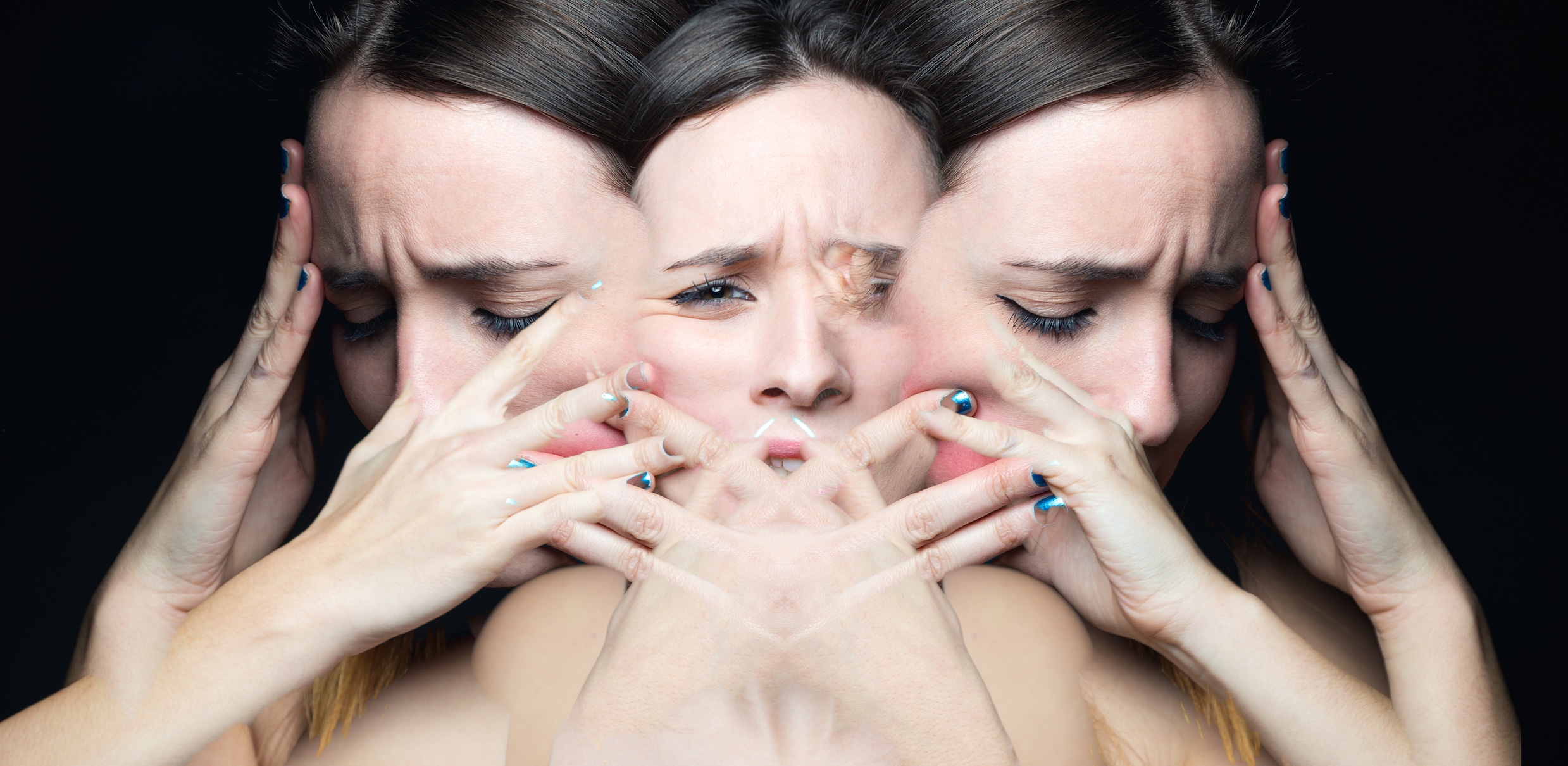Bipolar Disorder
Marked by repeating cycles of mania and depression
What is Bipolar Disorder?
Bipolar disorder, also known as manic depression, is a condition characterized by intense ups and downs — periods of mania (hyperactivity) followed by depression. Some cases of bipolar disorder are very severe. Fluctuations in mood and behavior can make individuals volatile enough to be a danger to themselves and others, leaving loved ones hurt and confused. Other cases may be mild enough to go undiagnosed for years. In either instance, bipolar disorder is life-disrupting, and those suffering from this condition are vulnerable to self-medicating. That’s because they may turn to drugs or alcohol to manage their ups and downs. According to one study, 56% of individuals with bipolar disorder had a lifetime substance use disorder.

Effects of Bipolar Disorder
The cause of bipolar disorder is unknown, but the onset of the disease is influenced by both genetic and environmental factors. Bipolar disorder is known to run in families, but being genetically predisposed does not mean the disorder will develop. Childhood trauma has also been shown to be a risk factor for developing bipolar disorder.
The two main forms of bipolar disorder are Bipolar I and Bipolar II. Bipolar I is characterized by high intensity — prolonged periods of mania and depression that are often severe. Bipolar II is characterized by cycles of depression, but periods of mania are milder. Another condition called cyclothymia occurs when both mania and depression are mild, but the individual still experiences ongoing cycles of mood and behavior changes. An individual would need to have experienced at least two years of manic and depressive symptoms to be diagnosed with cyclothymia.
Some people who suffer from depression are actually dealing with bipolar depression. Individuals experiencing the above symptoms should seek professional help to see if their condition is actually bipolar disorder and to learn how they can regain control over their lives.
Signs of a manic episode:
- Unusually jumpy or upbeat
- Hyperactive, highly energetic, or agitated
- Inflated sense of self
- Doesn’t sleep or seem to need sleep
- Highly talkative (or talks fast)
- Easily distractible
- Makes poor or impulsive decisions
- Engages in risk-taking behavior
Signs of a major depressive episode:
- Deep sadness or hopelessness
- Flat affect, apathy, or loss of interest in previously enjoyed activities
- Inability to sleep or oversleeping
- Fatigue or loss of energy
- Inability to concentrate, think clearly, or make decisions
- Suicidal thinking
- Unexplained weight gain or weight loss (marked increase or decrease in appetite)
- Feelings of worthlessness or extreme guilt
- Marked slowness or restlessness

Featured Article: How Do I Know if I Have Bipolar Disorder?
Bipolar disorder is one of the most misunderstood mental health disorders in society today. It can be difficult for professionals to diagnose.
Admissions
Our experienced, compassionate Admissions team is here to help 24 hours a day and will treat you with the dignity and respect you deserve. Let our specialists help you create a road map to get you where you want to go: a healthier, more balanced, fulfilling place in life. When you call, you’ll be led through a series of questions to determine if the Claudia Black Young Adult Center is the right fit for your needs, and how soon your treatment can begin.
If you are interested in treatment for yourself or a loved one, call or fill out our convenient Admissions form!
CONTACT OUR ADMISSIONS OFFICE
 866-957-4961
866-957-4961
OR COMPLETE AN ADMISSIONS CONTACT FORM
Click below to start the admissions process today

